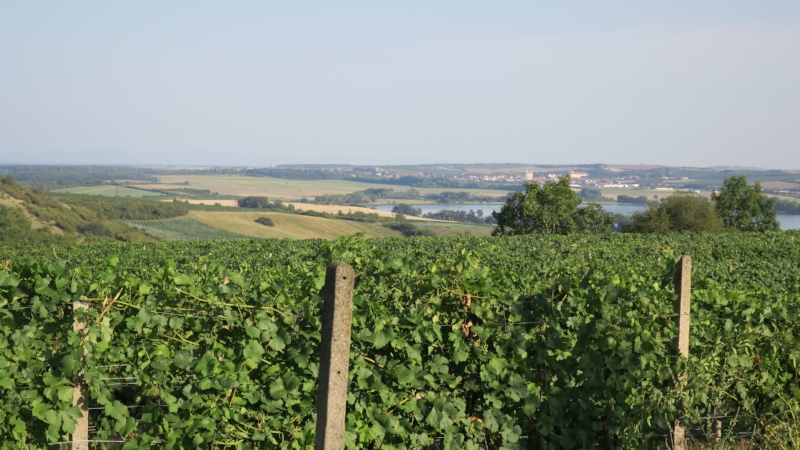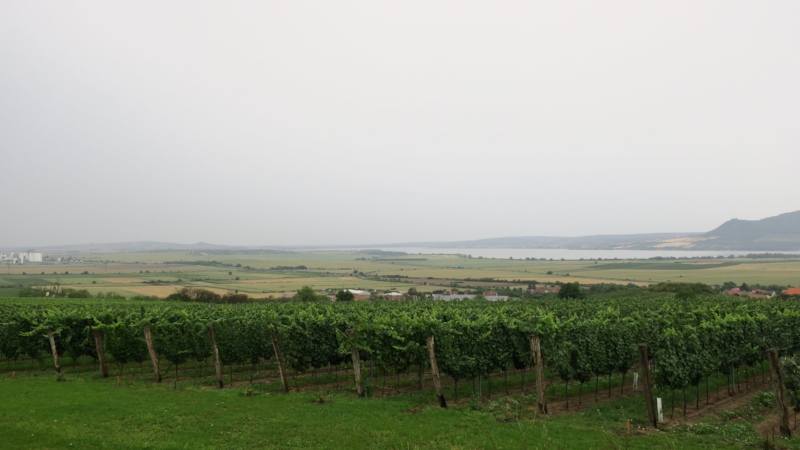Czech Wine Region of Moravia
Czech wine is new, yet old-world at the same time. Czech wine can be edgy, playful, and approachable but also elegant, elevated, and serious. Czechs drink almost all the wine produced in the country, so very little of it is exported. Czech wine is elusive to the rest of the world, but locals know it’s brilliant.
The Czech Republic actually has two wine regions - Bohemia and Moravia. Bohemia is an area nearer to Prague, and only produces 5-10% of the country’s wine. Moravia is in the southeastern part of the country, bordering Austria, and produces 90-95% of the wines from Czech Republic. For our purposes, when we say Czech wine, we’ll be referring to the wines from the region of Moravia.
Not only do Czechs make wine, they make brilliant wine and have been doing so for quite some time.
The first plantings actually and date back to the 2nd Century and you can search stories of Emperors who planted grapes and gave wine as gifts for royals celebrations and sacrifices. They planted large vineyard areas of imported grapes from France and Germany.
The region really grew into industry dating back to the 13th and 14th centuries. In 1309, viticultural and winemaking regulations were established, and the vineyards around Mikulov and Valtice were documented to become the oldest preserved register of the Liechtenstein vineyards. This area is now designated a world UNESCO World Heritage site.
Similar to many European wine regions during the period, the vineyards and culture in the 17th through 20th centuries saw destruction and replantings with ever-shifting borders and rulers that influenced the area.
However, due to the political development after the Second World War, the Czech wine industry became physically and politically isolated for several decades from the global wine industry.
The last 20 years have seen dramatic change and development, and Czech winemaking culture not only sustained but advanced. Making Moravia one of the most elusive, interesting wine regions today.
QUICK FACTS ABOUT THE GREAT WINE REGION OF MORAVIA.
Producing 90-96% of the country’s wine
Cool growing area with a continental climate
Wines are categorized traditionally as:
Light to medium-bodied
Predominantly white aromatic wines
Often have pronounced levels of acidity
~44,000 acres/19,000 hectares of vineyard
850-900 registered winemakers
It is a cool growing area with a continental climate so the wines are traditionally categorized as light to medium-bodied. They produce predominantly white and have a fairly pronounced level of acidity, so they have this refreshingness to them. They have around 44,000 acres of vineyards. For comparison purposes, Alsace has just around 39,000 acres and Bordeaux is around 275,000 acres.
It's really almost a fairytale land with Gothic Cathedrals and spires and small villages all dotting the countryside. There are many traditional wine cellars that have been in the family for generations. Some are used for storage in some cases but a lot of them are being reused and various ways like tasting rooms so visitors can experience the old world-style wines being produced.
The vineyards are on gentle slopes and there are lakes in the area throughout the landscape. The area is on the 49th parallel, so similar in latitude to Alsace, Burgundy, and Champagne.
Read more about Moravia and it's history.
Read more about the Moravia terroir and climate.
Check out our video: Czech Out the Wines of Moravia.



